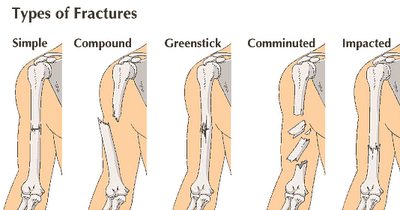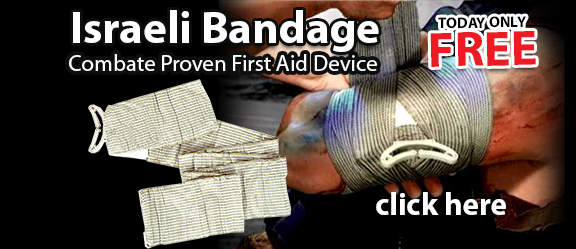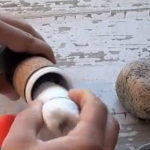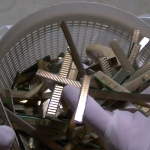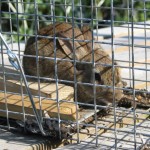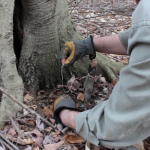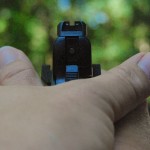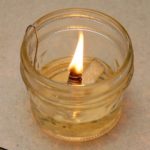Sprains need to be immobilized and fractures properly set as quickly as possible after injury. This presents unique challenges in survival situations when mobility is necessary and access to emergency medical care is limited. However, it is much easier than you may think to temporarily treat these kinds of injuries, minimize damage, promote healing and reduce pain.
Sprains
Sprains and/or the tearing of ligaments and tendons can usually be treated simply by immobilizing the area and giving the patient time to rest. If possible, try to apply a cold pack, ice or cool water from a stream or river for the first 24 hours to minimize swelling. You should also elevate the area and keep it above the heart whenever possible as well. Keep in mind that the extent of the injury may not be known until the next day, so it’s important to protect the area without wrapping or immobilizing it too quickly.
Once the area has been allowed to swell and then settle for about a day, then it can be wrapped with some soft material and secured with an elastic bandage, duct tape or fabric. Keep it as tight as possible without cutting off circulation to the extremities. The idea is to minimize movement so the torn tissue can heal while also allowing blood to freely move through the area. Plan for the possibility of not being able to wear a shoe or boot on the affected area due to swelling for the first day or two after the injury.
Fashioning a crutch, walking stick or cane will help to minimize pressure on the injury as well. However, it is very important that care is taken while hiking on uneven terrain as the body will be out of balance and unable to carry heavy loads. Whenever possible, keep travel to a minimum and maximize periods of rest until the injury has had a couple of days to heal.
Fractures
Broken bones can represent little more than a minor injury to a serious medical problem that requires surgery. The key to dealing with fractures in the field is to immobilize the area, prevent movement that could aggravate the injury and to reset the bone to match its original position as best as possible. Two important considerations in the field are minimizing the risk of infection if the bone breaks through the skin and realigning the fracture before the broken pieces fuse together.
Bones begin to fuse together within a couple of days after the injury, so it is important to set the fracture as quickly as possible. In a nutshell, it involves pulling the limb so that the bone can be adjusted and set back into its original place. The process for most common injuries only takes a few seconds, but it will be a very painful experience for the victim to endure. Depending on the location of the injury, traction may also be necessary in order to promote healing and reduce pain from pressure and compression.
Traction immobilizes the injury while stretching the limb just enough that the bones come into contact with each other. The easiest way to do this in the field is to make a splint that can be secured at the top of the limb while downward pressure can be applied at the bottom. This can be accomplished by creating a fabric cuff and wrapping the outside with duct tape, pulling it down to the desired degree of tension and secured to the bottom of the splint.
In the event of a fracture that protrudes from the skin, it is not recommended to set the bone in the field unless no other options for medical care are available within 48 hours. Clean the area, apply antibiotic ointment to the wound, thoroughly wrap and secure it and get to a doctor as quickly as possible. Infection control for these types of fractures is the most important form of treatment as it could spread to other parts of the body very quickly.
Being prepared to render basic assistance when breaks or sprains occur will help you as well as the victim to be as mobile and pain-free as possible. When you face this type of situation, remember not to panic, assess the extent of the injury and seek ways to immobilize the area before thinking about what to do next.




